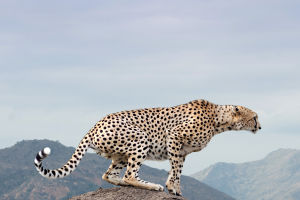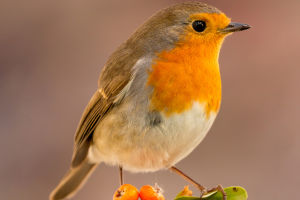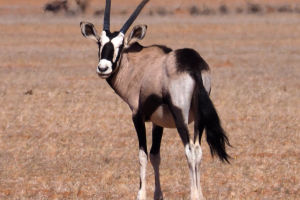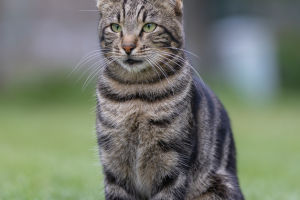
Ancient Poultry

Sheep are known for their timid and gentle nature. Their diet primarily consists of grass, and they can select and chew on the grass that best suits their needs.
Originating from the mountainous regions of the Northern Hemisphere, sheep are closely related to goats. However, they can be distinguished by their fuller bodies and dense fur.
It's important to recognize the three key characteristics of sheep:
1. Heat Sensitivity: Sheep have poor heat dissipation due to underdeveloped sweat glands and thick wool.
In summer, it's important to aid their cooling. Overheating can lead to disease susceptibility and lower fertility, making a hot and humid environment unfavorable for their health. Goats, in comparison, handle heat and humidity better and are more adaptable than sheep.
Related
 The African leopard is the fiercest animal in Africa, even stronger than a lion.
The African leopard is the fiercest animal in Africa, even stronger than a lion.
 Common Kingfishers are colorful hunters and crucial for ecosystems.
Common Kingfishers are colorful hunters and crucial for ecosystems.
 Robins' migrations showcase nature's wonders and British culture, blending science and romance.
Robins' migrations showcase nature's wonders and British culture, blending science and romance.
 Antelopes' speed, agility, and tactics aid their survival in grasslands against predators.
Antelopes' speed, agility, and tactics aid their survival in grasslands against predators.
 Bird feathers, nature's masterpieces, reveal intricate structures with unique functions, showcasing the brilliance of natural design.
Bird feathers, nature's masterpieces, reveal intricate structures with unique functions, showcasing the brilliance of natural design.
 Why cats exhibit 'airplane ears,' linking it to their instincts, emotions, and how owners can respond.
Why cats exhibit 'airplane ears,' linking it to their instincts, emotions, and how owners can respond.
2. Preference for Dryness and Cleanliness: Both sheep and goats thrive in dry, clean environments.
Humid conditions increase the risk of parasitic diseases and hoof rot. For areas with high humidity, consider using elevated bedding to prevent these issues. Regularly changing drinking water and employing pasture rotation can also mitigate disease risks.

3. Flocking Behavior: Sheep and goats naturally gravitate towards forming large groups, which provides them with a sense of security. Sheep, especially, have a strong instinct to stick together, even when weak or after lambing. Breeds may vary in their tendency to flock, but this behavior is generally prominent.
Notably, goats also display strong flocking instincts, often following a lead goat. Monitoring and managing the lead sheep or goat can efficiently control the movement of the entire flock and reduce the effort needed from the grazier.
Understanding these characteristics can greatly assist in providing optimal care and managing sheep effectively, ensuring their well-being and minimizing potential challenges.